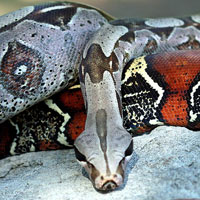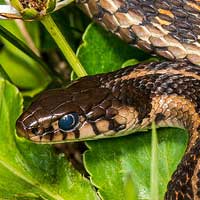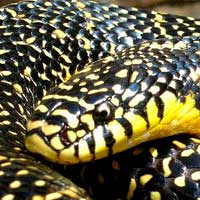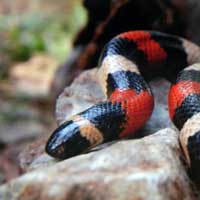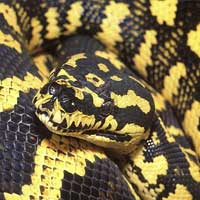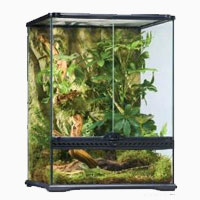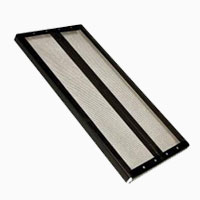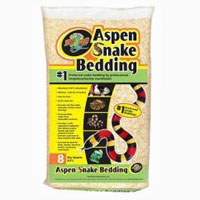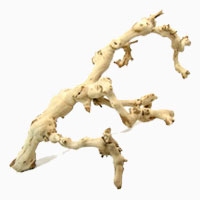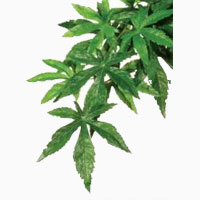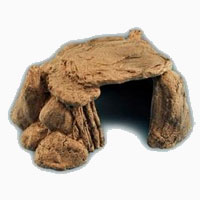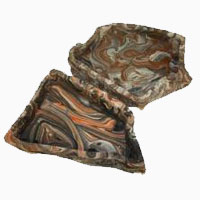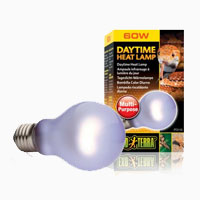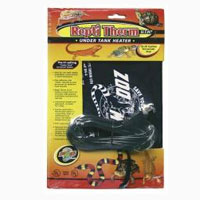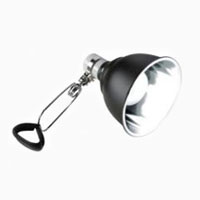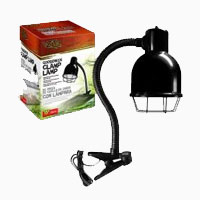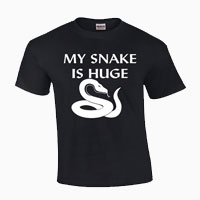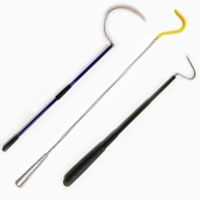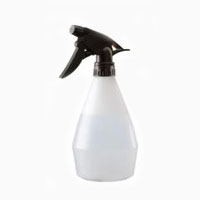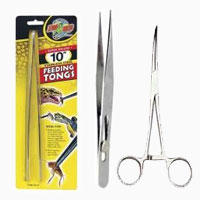Pacific Tree Boa
Scientific Name: Candoia Bibroni
Share this Post
Scientific name of this snake species is Candoia bibroni. Other common names include bibron’s bevel“nosed boa and Fiji boa. It is friendly and is non-venomous. It has a medium body size with a maximum length of four feet. It has a variety of colors that range from brown to red-brown. Some snakes belonging to this species have a stripe pattern while others lack stripped skin. They have a pointed head. Their eyes have vertical iris and pupil. Like all other reptiles, the Pacific Tree Boa snake is poikilothermic therefore; its body temperature varies with the environment. Strong muscles and tail aid its ability swimming.
Pacific Tree Boas Are Beautiful Creatures
Facts About Pacific Tree Boas
Geographic Location
This snake species widely distributed in regions such as Melanesia, eastern parts of Solomon Islands as well Polynesia. The Pacific Tree Boas distribution is greatest in the Solomon Islands because it is found in areas such as Olu Malau, San Cristobal, Ugi, Santa Cruz, Vanua Lava Islands, Fiji Islands, Jacquinot, Guichenoti, Banks Islands, New Hebrides, Three Sister Savaii, Upolu Islands, Viti Levu Islands and Rotuma.
Habitat
Pacific Tree Boa lives in humid environments to escape heat. It also lives along riverbanks. Since it feeds on frogs, it dives in water often to attack frogs under water. One will also find them on dry soil and beneath vegetation.
Behavior
Pacific Tree Boa is adapted for climbing trees. It has strong belly muscles that contract during motion therefore, enabling the snake to climb trees. Pacific Tree Boa feeds on a variety of organisms that range from birds to mammals. It feeds on reptiles such as lizards and frogs. Its ability to climb tree enables it to attack and feed on birds from their nests. It also feeds on small mammals such as rats, bats and moles. Pacific Tree Boa rests after consuming a large prey such as geckos or rats. It rests to allow digestion and assimilation of this food. Pacific Tree Boa is naturally docile. It is shy and rarely runs away when attacked however; they are well adapted to evade enemies owing to their dull color, which camouflages them to their natural habitat. This enables them blend into the background.
Reproduction
Pacific Tree Boa has oviparous form of reproduction because it lays large number of eggs. This ensures continuity of the species. Since the snake lives in humid environment, the female lays eggs in wet environment such as swamps or riverbanks. The female stays around the eggs to protect them from predators such as frogs and lizards.
Captivity
Pacific Tree Boas are docile and are not dangerous to humans therefore capturing it is relatively easy. Locals use it as a pet due to its small size and harmless nature. While in captivity, one should provide it with necessary environmental conditions to enhance its survival. One should feed it with rats or moles that are approximately the size of its head. These snakes are easily domesticated, due to its natural calm nature. One should ensure temperatures within the cage do not exceed 90F. Since the snake lives in humid environments, one should ensure that humidity within the cage lies within 80% to 85% range.
